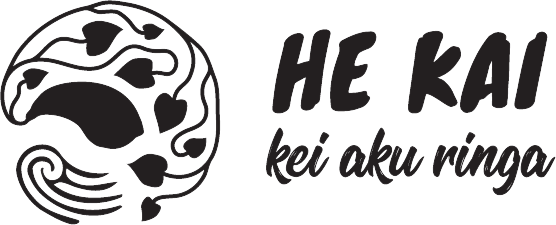05 May Iron for Active People

Here at Toi Tangata, we love to encourage movement and activity. Whether you like playing with your kids, connecting with the taiao or are a high performing athlete; we want you to huff and puff!
The guidelines we’ve listed below are for a minimum of 30 minutes a day, but the more time you spend being active the better! People who choose to lead an active lifestyle which includes regular activity need more fuel and more goodness in their kai to keep them well.
As a basic rule of thumb, those who participate in an activity or training that gets their lungs working need a lot more oxygen. Iron is essential to this process as one of its main roles in the body is to help transport oxygen in the blood to all cells, organs and muscles in the body. So when you are active, the need for iron is much greater.
In regards to performance, your ability to use oxygen efficiently is directly linked to how well you can perform. By making sure you have good levels of iron to transport oxygen around your body, you will be helping yourself perform at your best.
Iron can even help out during recreational activities as well. With low amounts of iron, you will feel tired, run down, fatigued and lethargic. This would not only make huffing and puffing harder but could even make it more difficult to stay motivated enough to put those shoes on, get out of bed or get out the door.
So if you are an athlete or regular mover who gets out to huff and puff, perhaps it’s time to check in with your iron levels. This is as simple as a blood test with your doctor and taking the time to reflect on how regularly you eat iron containing kai.

How much iron do you need every day?
• Pēpī (0-6 months) = 0.2mg
• Nohinohi (7-12 months) = 11mg
• Tamariki (1-13 years) = 8-10mg
• Tama (14-18 years) = 11mg
• Tamawāhine (14-18 years) = 15mg
• Tane (19 – 50 years) = 8mg
• Wāhine (19-50 years) =18mg
• Wāhine Hapū = 27mg
• Ūkaipō = 9-10mg
• Wāhine & Kuia (over 50 years) = 8mg
• Tane & Kaumatua (over 50 years) = 8mg
He kai matū i te rino
• Miti and Kaimoana: pīwhe, rēme, ate, veal, pōaka, heihei, kūtai, tio repe.
• Huawhenua & Huarākau: rengamutu, pūha, kōwhitiwhiti, pīni, and huarārakau.
• Ngā mono kai ano: Ōti pēpē, natinati, hēki, parāoa pāpapa
Handy tips to get the most out of your iron rich kai
• As our body only absorbs a small amount of iron at any one time, it is important to eat a lot of iron-rich foods every day. Consistency is the key.
• Combine the types of foods you eat in a meal. Eating kai like mīti, kaimoana, heihei in combination with huawhenua or huarākau will increase the amount of iron and goodness you absorb from your kai.
• Eat iron rich kai with Vitamin C. Vitamin C helps our bodies absorb iron. Try adding tomatoes, oranges or kiwifruit. Sometimes we do this naturally with our kai because it tastes good!
• Keep your meals and drinks separate. The tannins in tea and coffee make it harder for the iron in our kai to be absorbed and used. Try to wait for about an hour or until your kai is digested to drink tea or coffee.
• It is important to remember that being well is never due to one aspect alone. It is the combination of many factors including kai and movement. Iron is just one of the nutrients that play an essential role in keeping us developing, growing, performing and functioning in an optimal way.
What happens if you are deficient in iron?
When you are lacking in iron, there are symptoms or signs that can be picked up on a lot earlier than with other nutrients. Iron plays an important role in the immune system so a deficiency can leave you more susceptible to infections or illness.
There can also be significant implications when iron stores are low for those at risk like our pēpī, tamati, rangatahi, wāhine, kaumatua, and kuia; those that are developing through a crucial phase or life stage.
So if you are active or in one of those life stages above, take a moment to reflect on your activity level, the amount of iron you eat in a day and whether you would benefit from getting your iron levels checked.
Nā Jessica Meads


